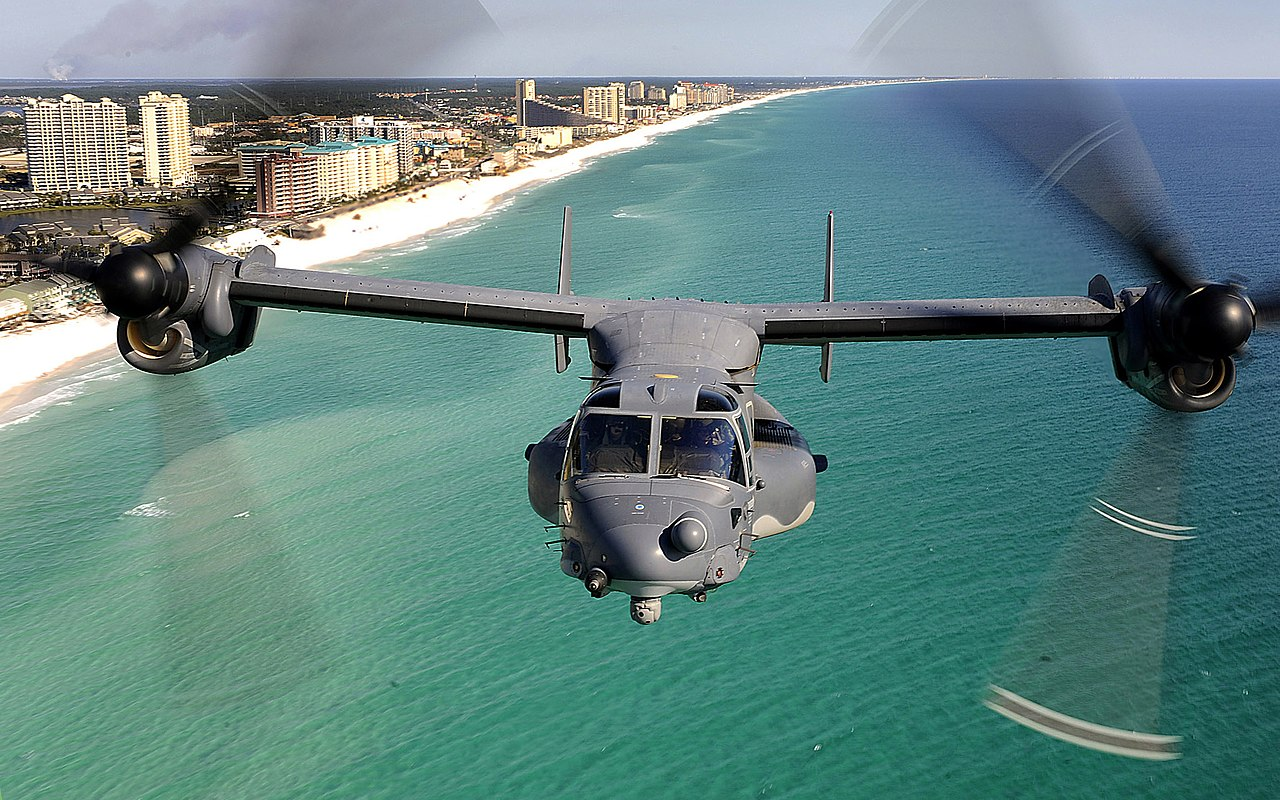



At the same time, Militech had begun development of heavy weapon systems, artillery, armored vehicles and aircraft. The resulting choice was the Militech Ronin Light Assault Rifle and, shortly afterwards, Militech also won the military side arm contract, directly resulting in sales of these weapons in vast quantities around the globe to nations and corporations alike. Given the disaster represented by the Central American Wars, the US finally scrapped the FN SAP and began new trials for a standardized infantry assault weapon. The corporation's first major success came in 2004. Armatech's new world prominence and overt visibility came with a new name, Militech Arms International. This pitch, coupled with Luccessi's brilliance in weapons design, allowed Armatech to acquire the capital needed to propel the company into a period of rapid expansion. Lundee saw an opportunity for streamlined and efficient military manufacturing - producing high quality, modern equipment at competitive prices, with the capability to sell technology in the global market regardless of political convention.

As a former Pentagon chief, he possessed a profound understanding of the modern military-industrial complex, including the extent to which older military contracting corporations had become incredibly bureaucratically top heavy, often touting shoddy and overpriced products that sold through contractual inertia alone. Lundee had observed this from afar however, having resigned from the Marine Corps shortly after the trials of 1998 to become the CEO of Armatech, at the request of Luccessi. In 2003, during the Second South American Conflict, US soldiers had been dying in the thousands equipped with unreliable SAP rifles terribly suited for the tropical climate. Unfortunately, due to the collapse of the US economy and near collapse of the government, the national defense budget had not only tightened but also become insidiously coupled with industry influence that had crept into the political infrastructure and, in spite of General Lundee's protests, the contract for the new US Infantry weapon system went to FN. USMC General Donald Lundee, a member of the Joint Chiefs overseeing the trials, was quickly sold on the Armatech system, assessing it as being the best combination of price, reliability, sturdiness and accuracy. The trials ultimately revealed three finalists: the FN SAP, a cheap but clunky and unreliable weapon, considered mainly due to powerful ties between the company Fabrique International and the US government, as well as its ammunition and parts compatibility with other members of the by then defunct NATO alliance the Colt AR-17X, a good but expensive weapon and a submission by newcomer Armatech-Luccessi International, a compact, reliable and moderately priced rifle. Founded initially in 1996 by Italian weapons designer Antonio Luccessi as Armatech-Luccessi International, Militech, as it's known today, began its journey with the 1998 trials for a new standardized US Infantry assault weapon.ĭespite continued bankruptcy and ongoing recovery from the economic collapse of 1994, the US government decided the time had come to replace the M-16A2.


 0 kommentar(er)
0 kommentar(er)
